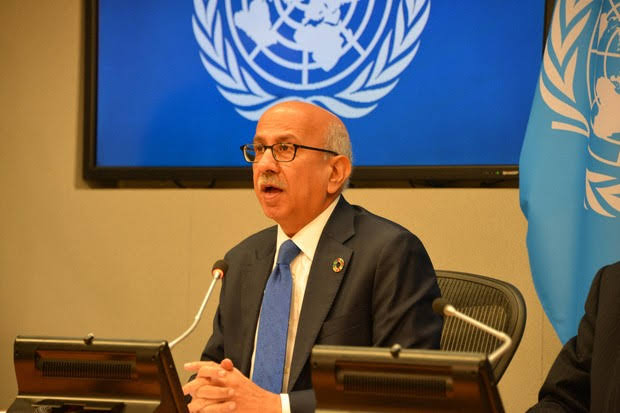World population to shrink in 21st century amid birth-rate fall

The world population is expected to start shrinking within this century after hitting a peak in the mid-2080s due to lower fertility levels, particularly in China, according to the latest projection by the United Nations. India’s population will peak after reaching 1.5 billion by 2100.
The global population, currently at 8.2 billion, is projected to reach approximately 10.3 billion by the mid-2080s and then gradually decrease to around 10.2 billion by the end of the century, according to the U.N. report on world population prospects released last month.
The figure indicates an earlier population peak than projected in the previous version of the report from 2022, which had anticipated the global population would peak at around 10.4 billion during the 2080s and remain at that level until 2100.
“In some countries, the birth rate is now even lower than previously anticipated, and we are also seeing slightly faster declines in some high-fertility regions,” Li Junhua, U.N. undersecretary general for economic and social affairs, said in a press release.
However, he also pointed out that the earlier and lower peak is “a hopeful sign” as it could mean “reduced environmental pressures from human impacts due to lower aggregate consumption.”
In more than half of all countries and areas, the average number of live births per woman is below 2.1, which the United Nations says is the level required for a population to maintain a constant size over the long term without migration.
Nearly a fifth of all countries and areas, including China, Italy, South Korea and Spain, now have “ultra-low” fertility, with fewer than 1.4 live births per woman over a lifetime, according to the report.
By nation, China will see a huge population loss in the coming decades, with its population more than halving to 633.4 million by 2100 from 1.4 billion in 2024. But it will remain the world’s second most populous country after India, whose population will be around 1.5 billion in 2100.
As of 2024, population size has peaked in 63 nations and areas, including China, Germany, Japan and Russia, with their total population estimated to fall by 14 percent over the next 30 years.
For another 48, which includes Brazil, Iran and Turkey, the population will likely peak between 2025 and 2054.
Among the remaining 126 countries, including India, Indonesia, Nigeria, Pakistan and the United States, populations are expected to peak in the second half of the century or later.




